Rising Demand for Automation
The 3D Machine Vision Market is experiencing a notable surge in demand for automation across various sectors. Industries such as automotive, electronics, and food processing are increasingly adopting automated solutions to enhance efficiency and reduce operational costs. According to recent data, the automation market is projected to grow at a compound annual growth rate of approximately 9% over the next five years. This trend is likely to drive the integration of 3D machine vision systems, which provide precise measurements and quality control, thereby ensuring that production processes are optimized. As companies strive to maintain competitiveness, the adoption of 3D machine vision technology appears to be a strategic move to streamline operations and improve product quality.
Growing Applications in Robotics
The integration of 3D machine vision systems with robotics is emerging as a significant driver in the 3D Machine Vision Market. As robotics technology advances, the need for precise vision systems that can guide robotic movements is becoming increasingly apparent. Applications in sectors such as warehousing, assembly, and packaging are expanding, with robots requiring sophisticated vision systems to perform tasks effectively. The robotics market is anticipated to grow at a rate of around 10% annually, suggesting a strong potential for the incorporation of 3D machine vision technologies. This synergy between robotics and machine vision is likely to enhance operational efficiency and accuracy, thereby fostering further growth in the market.
Advancements in Imaging Technology
Technological advancements in imaging systems are significantly influencing the 3D Machine Vision Market. Innovations such as high-resolution cameras, improved lighting techniques, and sophisticated algorithms are enhancing the capabilities of 3D machine vision systems. These advancements enable more accurate and faster data processing, which is crucial for applications in sectors like manufacturing and logistics. The market for imaging technology is expected to witness a growth rate of around 8% annually, indicating a robust demand for enhanced imaging solutions. As these technologies evolve, they are likely to provide businesses with the tools necessary to implement more complex and efficient machine vision applications, thereby driving market growth.
Increased Focus on Quality Control
Quality control remains a pivotal aspect of production processes, and the 3D Machine Vision Market is benefiting from this focus. Companies are increasingly investing in machine vision systems to ensure that products meet stringent quality standards. The ability to detect defects and inconsistencies in real-time is becoming essential, particularly in industries such as pharmaceuticals and consumer goods. Recent statistics suggest that the quality control market is projected to grow by approximately 7% over the next few years. This trend indicates a growing recognition of the importance of quality assurance, which is likely to propel the adoption of 3D machine vision technologies as businesses seek to minimize waste and enhance customer satisfaction.
Expansion of E-commerce and Logistics
The rapid expansion of e-commerce and logistics sectors is significantly impacting the 3D Machine Vision Market. As online shopping continues to rise, the demand for efficient warehousing and distribution systems is increasing. 3D machine vision systems are being utilized for tasks such as inventory management, package sorting, and quality inspection, which are critical for maintaining operational efficiency in logistics. Recent data indicates that the e-commerce logistics market is expected to grow by approximately 15% over the next few years. This growth presents a substantial opportunity for 3D machine vision technologies to streamline processes and improve accuracy in order fulfillment, thereby driving market expansion.
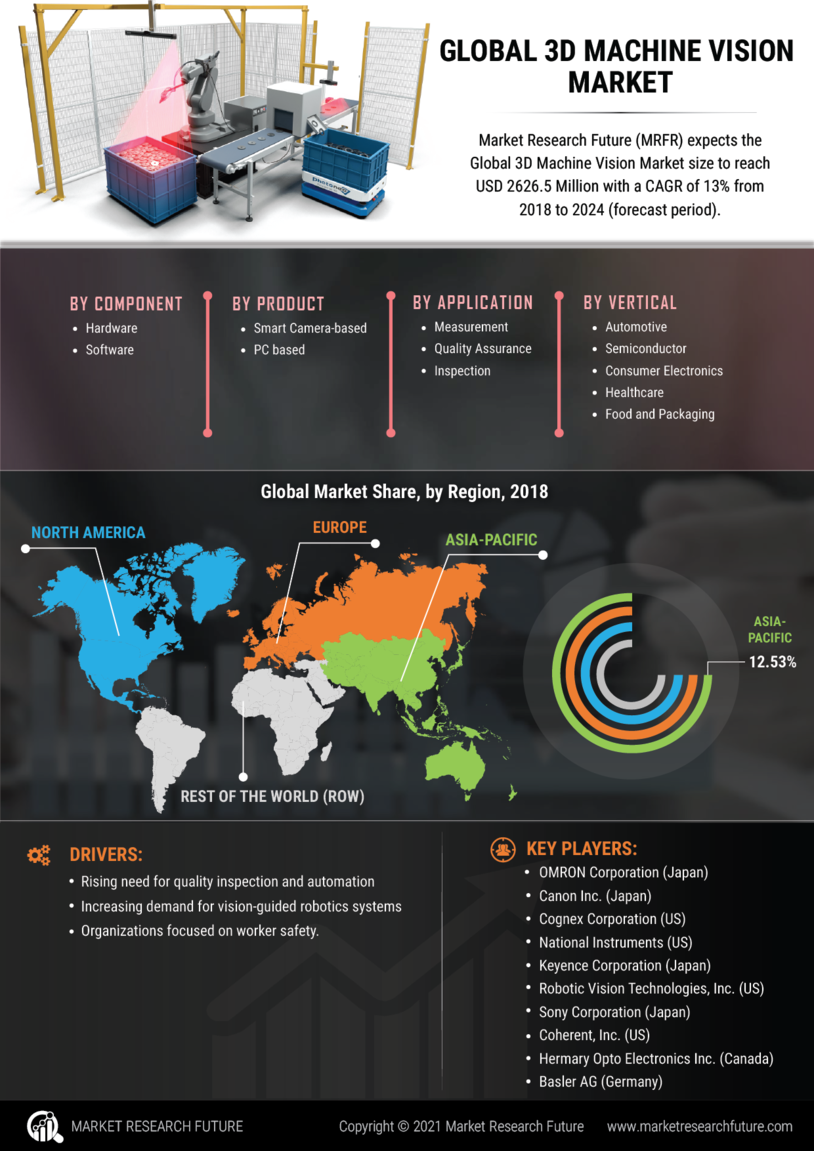

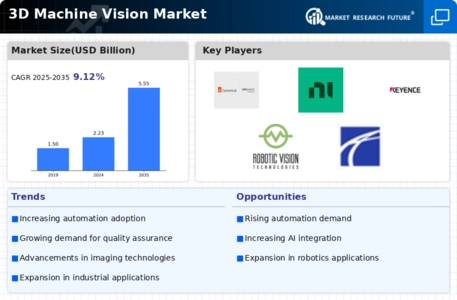
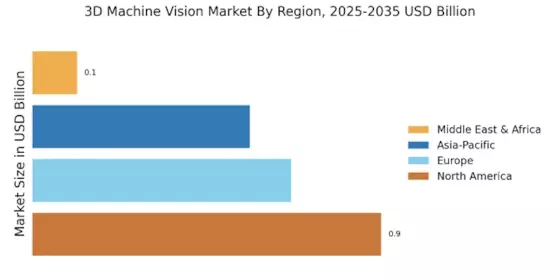
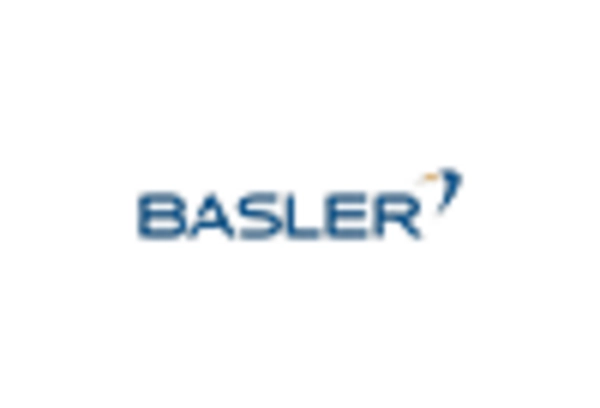
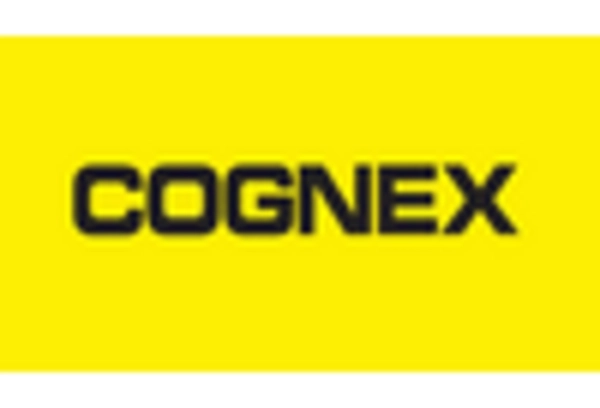
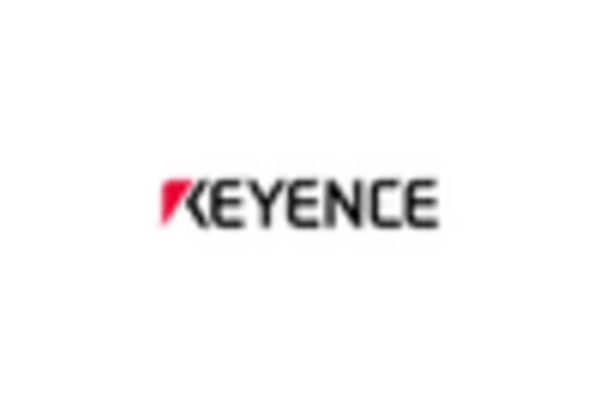
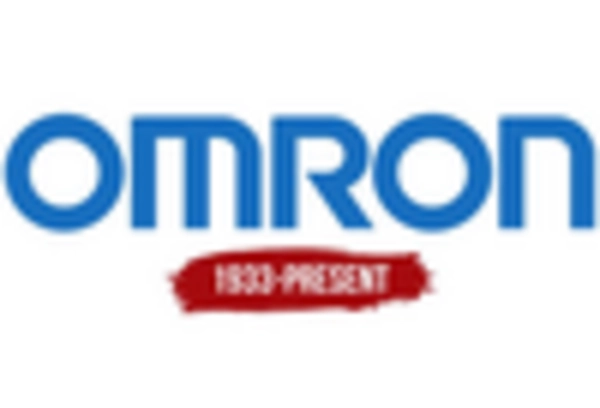
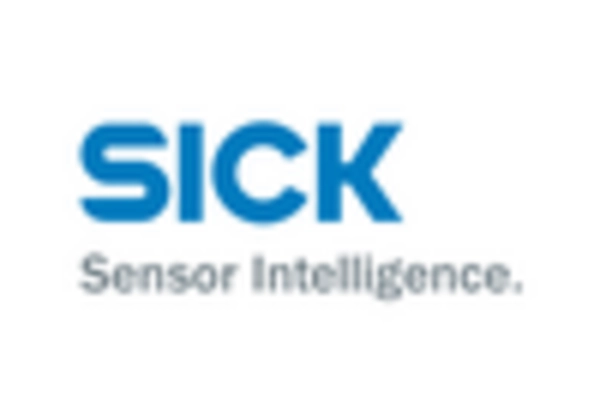









Leave a Comment